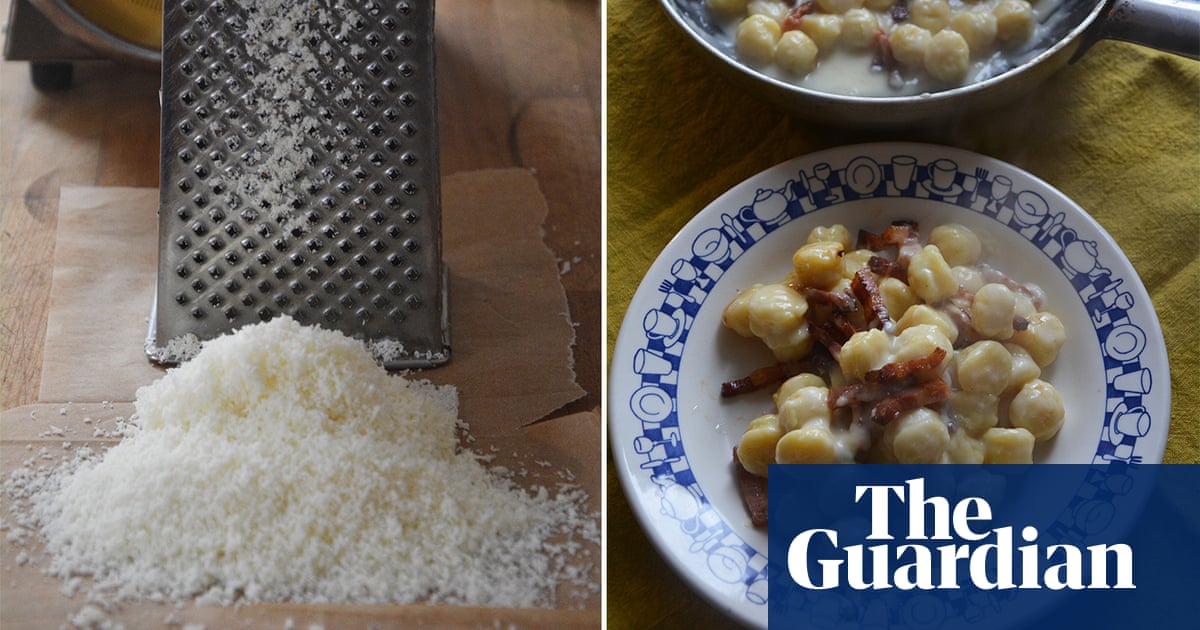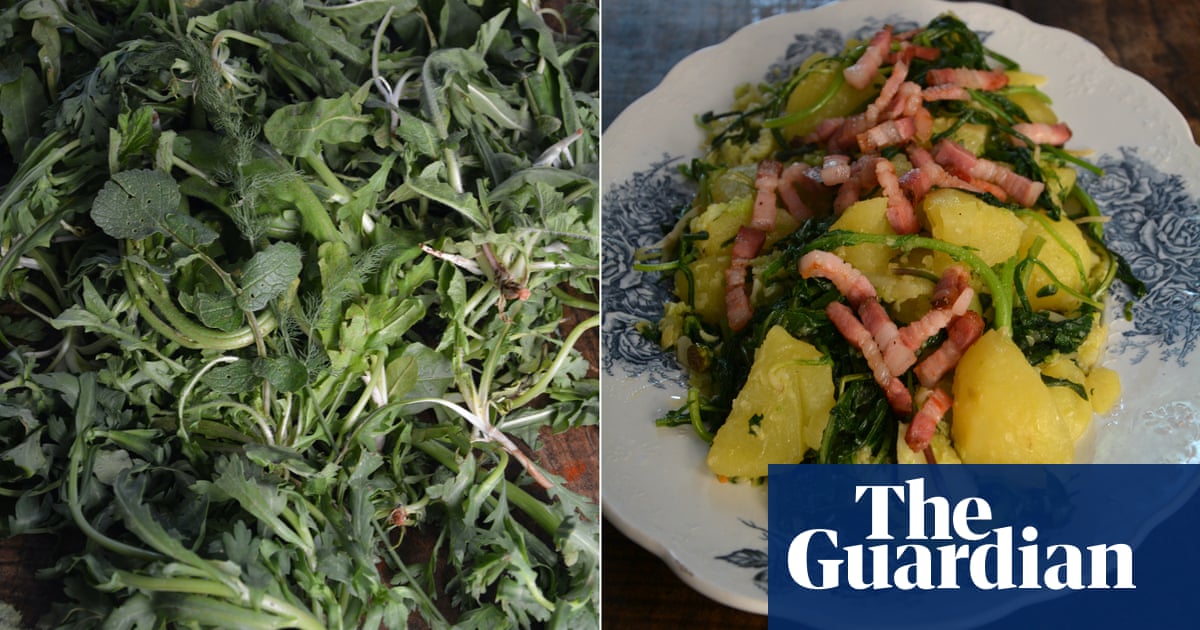
Ionce caught a cockroach with a box grater. Exposed when I moved a bottle of vinegar, it ran across the work surface, brushing a pile of grated carrot as it went. It was a badly lit corner in a dark kitchen, and I was horrified, which made my accurate slam all the more miraculous. Alerted by screams, my flatmate arrived in the kitchen and threw a tea towel over the grater while we shouted options at each other. In the end, she held a copy of National Geographic level with the counter, so I could slide the grater across and onto it, the creature clinking against the moving metal. She then opened the window. But as I went to flick, it crossed my mind that the cockroach might cling to the magazine, metal or tea towel, so, after a glance, I threw the whole lot into the courtyard below.
Two flights down, and relieved we hadn’t hit anyone, we found that the magazine and tea towel had landed among some neglected pot plants, while the grater had met the concrete near the bike racks. The resulting dent wasn’t bad enough to make it unusable, just unstable, and the deformed corner was the one between the slicing mouths and the vicious side I never used anyway. Back in the flat, we threw away the carrot, wiped everything with bleach and went out for a sandwich.
Years later, that rented flat and the grater are thousands of miles away, and the vicious side of the box grater is the one I use the most. Or “the rasping side”, as I heard it described the other day; the only side with punctured holes facing outwards, making them incredibly effective at producing fine crumbs of hard things: nutmeg, bread, chocolate, cheese, also knuckles and finger tips. As I said, vicious, and ideal for pecorino romano, which grates finely into something between sand and soft sawdust. It is a consistency that – and there is no proof or evidence for this other than my own experience – melts most effectively when it meets pasta or, in the case of this week’s recipe, gnocchi.
This dish takes inspiration from two classic Roman dishes: cacio e pepe (pecorino and pepper) and alla gricia (pecorino, pepper and guanciale or pancetta). However, it is not traditional, because, having danced with danger and a vicious grater, it includes the cautious step of making a very thick cream of grated pecorino and water. This is added to the hot pan of gnocchi, coating them in hot fat and the residual water clinging to it, but away from any heat source, which would cause clumping. The residual heat and gentle, persistent stirring is enough to melt the cream into a soft sauce for a heavenly dish. You need firm gnocchi for this, so shop-bought or homemade reinforced with egg would be ideal, and the pancetta can be substituted with streaky bacon.
Gnocchi with pancetta and pecorino
Prep 5 min
Cook 5 min
Serves 2
250g potato gnocchi
80g pecorino, grated
80g pancetta or bacon, cut into 2mm batons or small dice
Black pepper
Bring a pan of salted water to a boil for the gnocchi. In a small bowl, mix the grated pecorino with four tablespoons of water and stir to form a very thick paste (think toothpaste); if it seems very thick, add another tablespoon of water.
In a frying pan on a medium-low heat, fry the pancetta or bacon until it has rendered its fat and is lightly golden in colour. Lift the pieces out and on to a plate, leaving the fat behind and keeping the pan warm.
Cook the gnocchi in the pan of boiling water, then, using a sieve or spider, lift out, along with any residual water that’s still clinging to them, and transfer to the warm frying pan and fat. Immediately add the cheese paste and, using two spoons or by swishing the pan around, gently toss everything. Be persistent; the heat and residual water will melt the cheese into a sauce. Add the pancetta or bacon, swish again, and serve immediately – if you like with more pecorino grated on the vicious side of a grater that no kitchen should be without.












